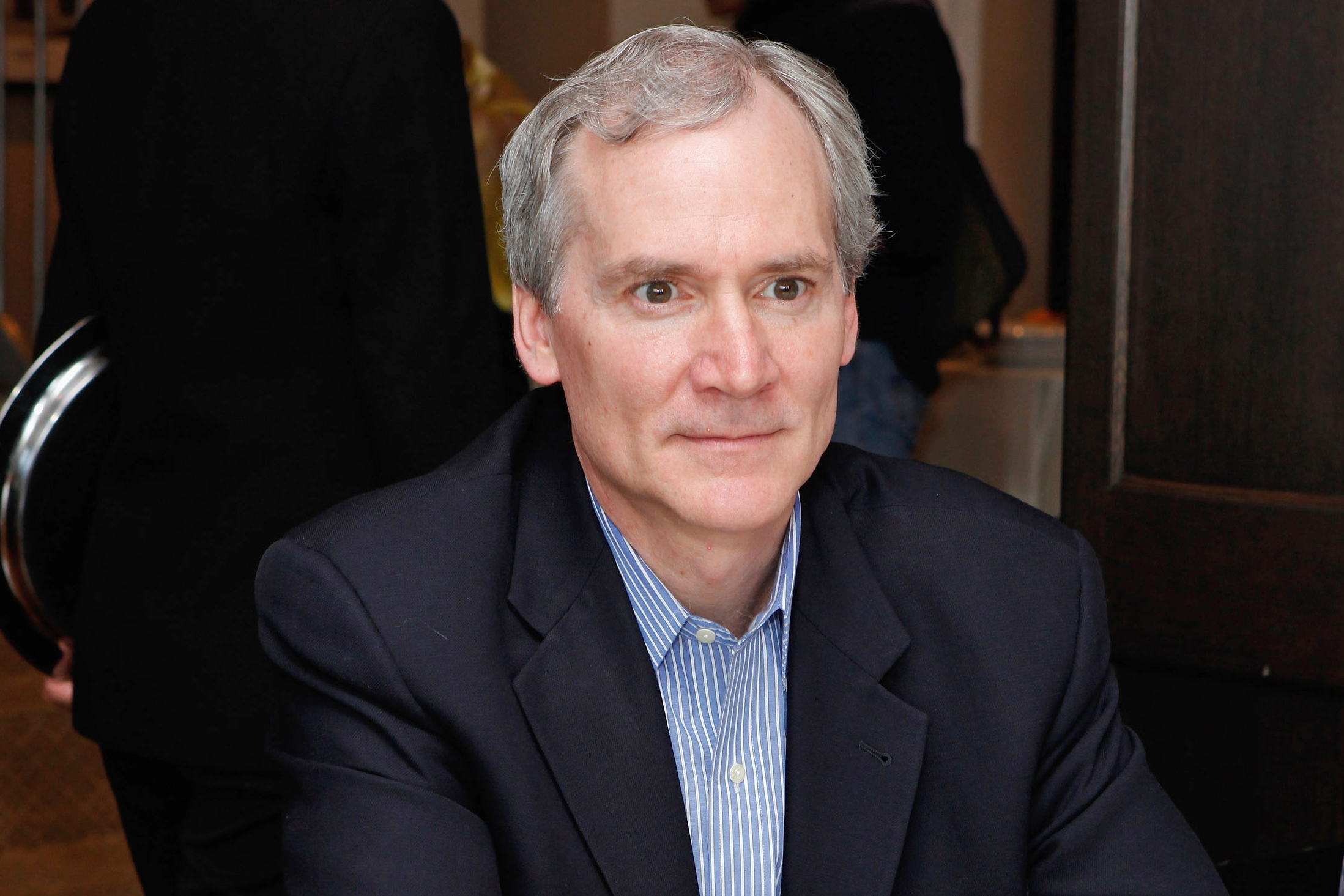Marc Tessier-Lavigne will step down as president of Stanford University after an independent review found flaws in his decades-old research.
Tessier-Lavigne became the subject of scrutiny in early December after the university’s student newspaper, the Stanford Daily, unearthed allegations of altered images and other research misconduct in at least five papers co-authored by the president.
The review panel refuted the Daily’s most serious claim, which alleged “falsified data” in an important 2009 Alzheimer’s study and that Tessier-Lavigne covered it up. Yet, the review concluded that the same study had “multiple problems” that placed it “below customary standards of scientific rigor and process.”
“Although the report clearly refutes the allegations of fraud and misconduct that were made against me, for the good of the university, I have made the decision to step down as president,” Tessier-Lavigne wrote in a letter to the Stanford community. “The panel’s report identified some areas where I should have done better, and I accept the report’s conclusions.”
Tessier-Lavigne, 63, is not leaving Stanford entirely and will continue to work on campus as a biology professor.
The university’s board of trustees initiated a review of the Daily’s published claims, and other major research journals opened up separate inquiries about the accuracy of images in a handful of Tessier-Lavigne’s 229 published papers by January.
The review was conducted by an outside panel of scientists led by former federal Judge Mark Filip and his law firm, Kirkland and Ellis LLP.
Richard Saller, Stanford professor of European studies, will serve as interim university president, effective at the start of September.
Who Is Marc Tessier-Lavigne?
Tessier-Lavigne became Stanford’s 11th president in 2016, replacing John Hennessy, who held the job for 16 years.
In announcing his appointment, the university hailed Tessier-Lavigne as a “pioneering neuroscientist, biotechnology executive and academic leader.” Tessier-Lavigne studied at McGill University in Canada and received his Ph.D. from University College London. The neuroscientist focused on the cause and treatment of degenerative brain diseases such as Alzheimer’s and Parkinson’s, as well as on therapies for spinal cord injuries.
Tessier-Lavigne, the school noted, is a “world leader in the study of brain development and repair.”
Before joining Stanford’s faculty, he was on the faculty at University of California San Francisco and worked at Genentech, where he was executive vice president for research and chief scientific officer, directing 1,400 scientists in disease research and drug discovery for cancer, immune disorders, infectious diseases and neurodegenerative diseases.
He served as president of Rockefeller University, a leading biomedical research university in New York City, starting in 2011.
Stanford Community Reacts
Stanford has been at the center of numerous controversies in recent months. Rumors started to swirl about Tessier-Lavigne’s future at the Silicon Valley-based institution after the Daily’s reporting on his alleged research misconduct. Provost Persis Drell, the university’s chief academic officer and chief budget officer, also announced plans to step down by the start of the new academic year.
“Gone gone gone! It’s amazing. I think it’s long overdue—very long overdue,” said Edwin Dorsey, a recent Stanford alum who started a campaign to get Tessier-Lavigne and Drell fired. “The issues here were a lot deeper than scientific misconduct. That might not be clear to outside observers, but to someone who’s been following all this—between Katie Meyer’s wrongful death lawsuit, student deaths, student protests and general dissatisfaction—there were a lot of deeper issues here.”
“Research is very complicated. Optics are really important for the university, so I can understand why it’s time for him to step down,” said Bob Siegel, a microbiology and immunology professor at Stanford. “It’s not clear how he will stay on [as biology professor], but this is probably the right thing at the right time, rather than saying ‘we’re not going to have anything to do with this guy,’ since it kind of erases his tenure and every good thing he did.”
Theo Baker, a student journalist at the Daily, first published allegations of scientific misconduct against Tessier-Lavigne in November last year. Baker was at the time a college freshman and is the son of Peter Baker and Susan Glasser, prominent political journalists with positions at the New York Times and the New Yorker.
.@Stanford President Marc Tessier-Lavigne resigns after investigation prompted by @StanfordDaily reporting found deep flaws in scientific work requiring three papers he co-authored to be retracted and two others to be substantially corrected. @tab_delete https://t.co/UPGZqirTCl
— Peter Baker (@peterbakernyt) July 19, 2023
The university appears to be at another inflection point in its history, with its two top leaders stepping down. A replacement for Drell has not yet been announced.
“As Stanford searches for its next president, I hope the board affirms the university’s commitment to diversity and to liberal arts education by strongly considering candidates of color, women, queer candidates and humanities scholars,” said Courtney Douglas, a former editor-in-chief of the student newspaper who graduated in 2020.
